Palo Alto considers parking plans for its downtown
In what city staff promise to be the first of several public meetings on the issue, residents last week considered parking options for downtown Palo Alto, California.
The city, like many on the peninsula, imposes a two-hour time limit per spot, but curbside parking on its downtown streets is otherwise free. This policy has contributed to the success of commercial businesses in the area, say merchants, but residents of neighborhoods adjacent to the downtown disagree.
They say visitors, who are either unaware of nearby parking garages and lots or who prefer free street parking over garage and lot costs, scramble to find street parking, especially during peak periods. When none are available, visitors and downtown workers look for spots in the adjacent neighborhoods, causing residents to grumble.
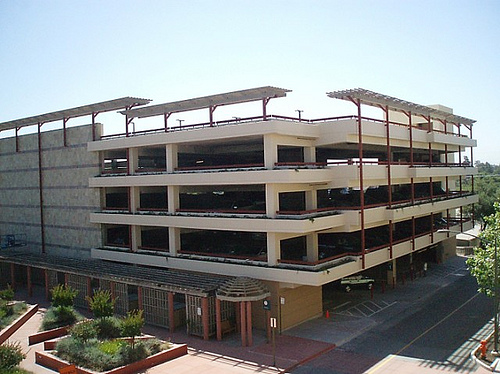
A parking garage in Palo Alto. From Ed Bierman.
The concerns prompted the city to begin a comprehensive review of parking policies for its downtown last summer, which it had not done since 1997. The city released a report of its findings in March, citing 25 possible paths that it could take that would increase parking spillover in neighborhoods adjacent to downtown. It also identified five actions that could reduce parking-space demand.
Two factors are influencing the scarcity: (1) larger numbers of employees are being packed into existing buildings due to the high costs and shortage of office space downtown, and (2) greater restrictions on development.
Many at last week’s meetings were especially vocal about the latter. Large developments, such as a hotel and mixed-use project currently in construction, don’t offer enough parking for the extra traffic they attract to the area, said attendees.
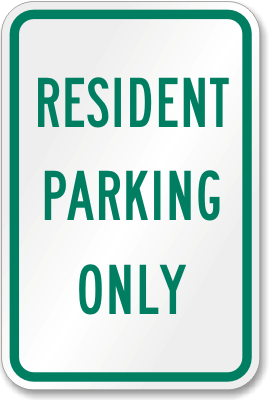
Palo Alto may introduce restrictions on non-resident parking. From myparkingpermit.com.
At the meeting Jaime Rodriguez, the city’s chief transportation official, presented draft concepts developed to relieve parking pressures in the area. Feedback on the ideas would be gathered and considered by staff before recommendations on a parking program for downtown are made to the city council.
One concept would involve sales of parking permits to residents and those who work downtown, as well as setting time limits for parking on the blocks surrounding downtown. The city could also create so-called buffer zones (blocks closest to downtown, for example) that wouldn’t require residential parking permits.
Another option would be to forgo residential parking permits for the creation of parking spots with four-hour time limits in the hopes that motorists would not leave their cars in the same spot for the entire day. A chilly reception met this plan, as meeting attendees voiced displeasure at the idea of having to move their vehicles in order to avoid a citation in their own neighborhood.
Yet another alternative proposed by Rodriguez involved creating residential parking permit zones on one side of the streets near downtown; hourly parking would be imposed on the other side of the streets. Buffer zones would feature hourly parking.
He also suggested that, should residential parking permits be sold, they could be priced affordably for residents—$30, say. The city could then sell the remaining spots to businesses or employees using a tiered system in which parking spaces closer to downtown would cost more—perhaps between $250 and $300.
Currently, a one-day permit for the area costs $16. Employees of businesses in the downtown parking assessment district may also purchase parking permits for $420 annually. They apply for nine off-street parking lots and garages located downtown.
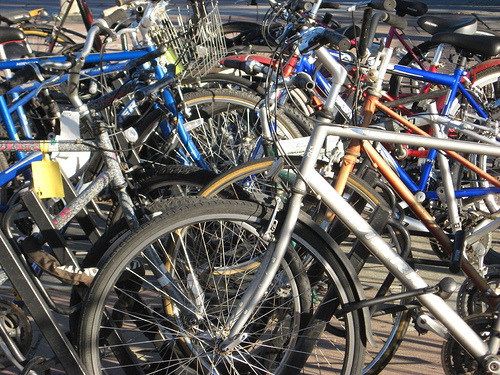
For a car-centric Californian city, bikes are a common sight in Palo Alto, perhaps due to shaky parking supply. From Cyclelicious.

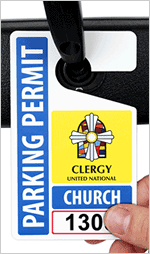

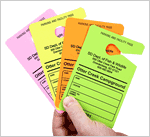
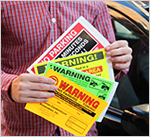
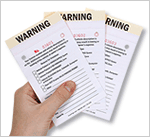

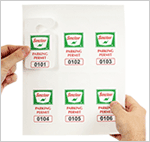
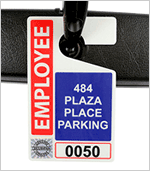
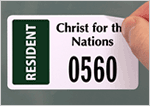

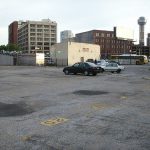
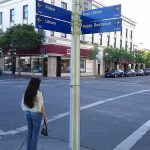

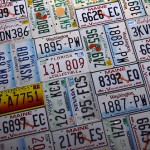
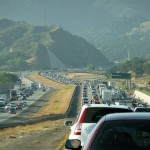
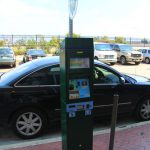





Comments (2)
Comments RSS Feed
Sites That Link to this Post